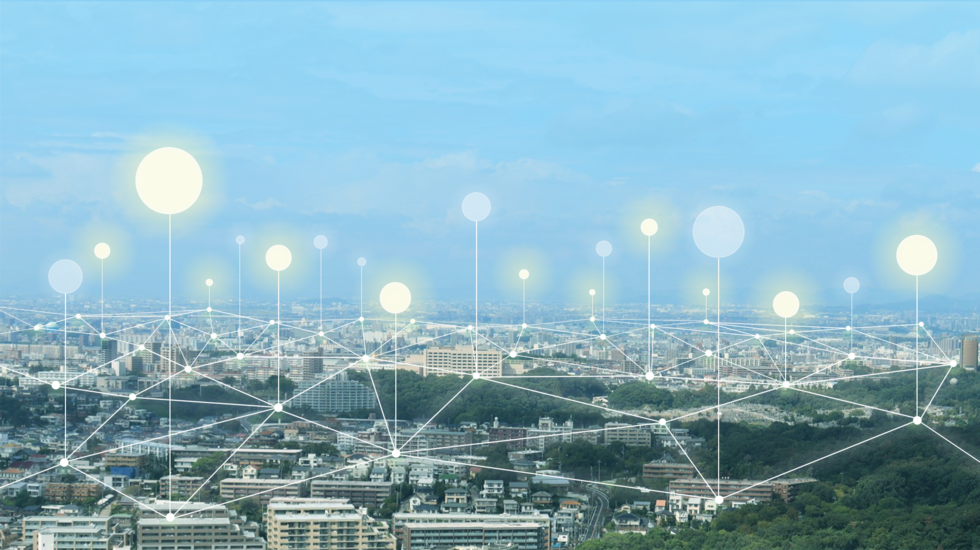
Engineering
October 11, 2022
Sleep mode makes Energy Internet more energy efficient
A group of scientists in Nagoya University, Japan, have developed a possible solution to one of the biggest problems of the Internet of Energy, energy efficiency. They did so by creating a controller that has a sleep mode and only procures energy when needed.
Widespread generation of electricity based on renewable energy has become necessary to combat the climate crisis. One solution to realize society’s electrification needs is the Internet of Energy, which would operate like the information Internet, except that it would consist of energy linked by smart power generation, smart power consumption, smart interconnection, and cloud sharing.
When information is sent over the Internet, it is divided into transmittable units called ‘packets’, which are tagged with their destination. The energy Internet is based on a similar concept. Information tags are added to power pulses to create units called ‘power packets’. On the basis of requests from terminals, these are then distributed over networks to where they are needed. However, one problem is that since the packets are sent sporadically, the energy supply is intermittent. Current solutions, such as storage batteries or capacitors, complicate the system and reduce its efficiency.
An alternative solution is what is known as ‘sparse control’, where the terminal’s actuators are active part of the time and are in sleep mode for the rest of the time. In sleep mode, they do not consume fuel or electricity, leading to efficient energy saving and reducing environmental and noise pollution. Although sparse control has been used with a single actuator, it does not necessarily provide good performance when multiple actuators are used. The problem of determining how to do this for multiple actuators is called the ‘maximum turn-off control problem’.
Now, a Nagoya University research group, led by Professor Shun-ichi Azuma and Doctoral student Takumi Iwata of the Graduate School of Engineering, has developed a model control scheme for multiple actuators. The model has an awake mode, during which it procures and controls the necessary power packets for when they are needed, and a sleep mode. The research was published in the International Journal of Robust and Nonlinear Control.
“We can see our research being useful in the motor control of production equipment,” explains Professor Azuma. “This research provides a control system configuration method based on the assumption that the energy supply is intermittent. It has the advantage of eliminating the need for storage batteries and capacitors. It is expected to accelerate the practical application of the power packet type energy Internet.”
The study, "Maximum Turn-off Control for Discrete-time Linear Systems," was published in International Journal of Robust and Nonlinear Control on July 18, 2022, at DOI:10.1002/rnc.6283.
Authors:
Takumi Iwata, Shun-ichi Azuma, Ryo Ariizumi, and Toru Asai
This research was supported by Japan Science and Technology Agency Emergent Research Support Program and Grant-in-Aid for Scientific Research from the Ministry of Education, Culture, Sports, Science and Technology of Japan.
Media Contact:
Matthew Coslett
International Communications Office, Nagoya University
kouho-en@adm.nagoya-u.ac.jp